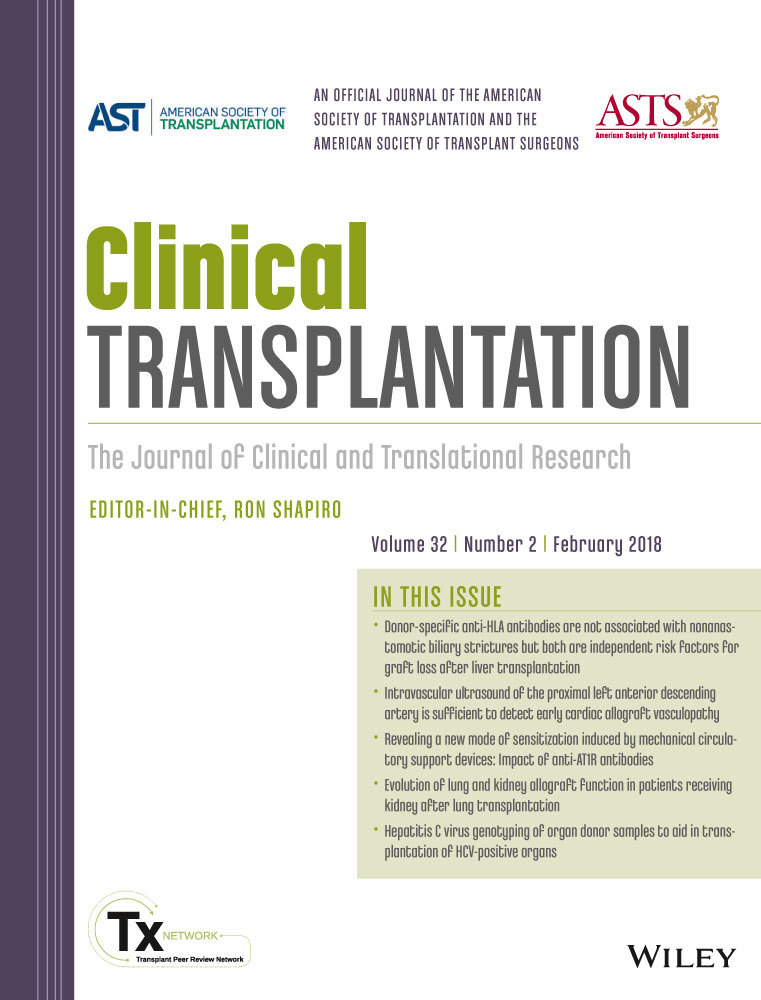A tale of two cases of pulmonary arteriovenous malformation: How they fared after cardiac transplantation
Abstract
Background
In single ventricle patients, aortopulmonary collaterals (APCs) and pulmonary arteriovenous malformations (PAVMs) following superior cavopulmonary shunt (CPS) can complicate orthotopic heart transplant (OHT) by cyanosis and hemoptysis. Although PAVMs can regress with the restoration of hepatic venous flow to the pulmonary circulation, the effects of hypoxemia on the “unconditioned” allograft are not known.
Cases
Two patients with significant PAVMs after CPS were cyanotic following OHT. One patient with predominantly unilateral left PAVMs had arterial saturation levels less than 70% despite pulmonary vasodilators and ventilation. A custom flow restrictor-covered stent was deployed in the pulmonary artery of the affected side, redirecting the blood flow to the contralateral lung, immediately improving cyanosis. When the PAVMs regressed, the flow restrictor stent was dilated to eliminate the constriction. The second patient with PAVMs had cyanosis and severe hemoptysis from APCs post-OHT. The APCs required an extensive coil embolization, while the cyanosis responded to oxygen and pulmonary vasodilators. Both recipients did well with gradual resolution of PAVMs within 8 months.
Conclusions
Despite cyanosis from right-to-left intrapulmonary shunting, allograft function recovered. Novel transcatheter interventions can play a role in patients with significant APCs or PAVM following cardiac transplantation.
CONFLICT OF INTEREST
None.




